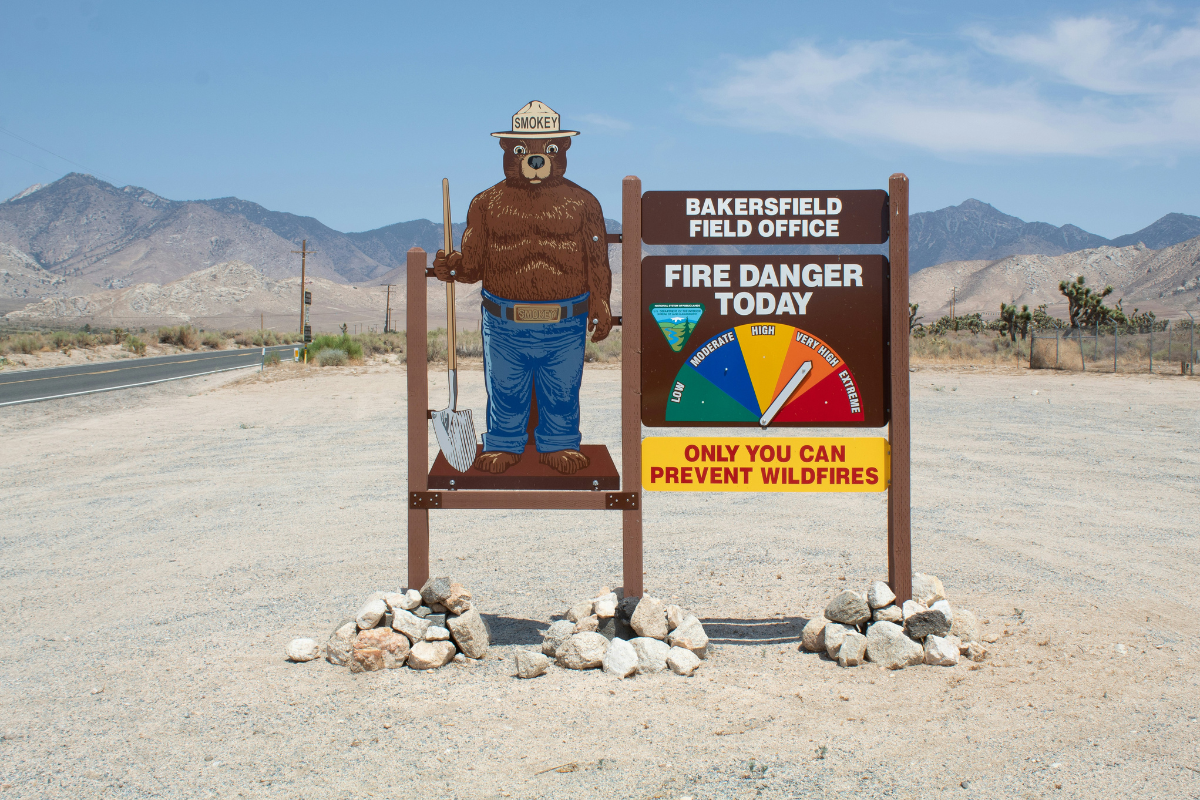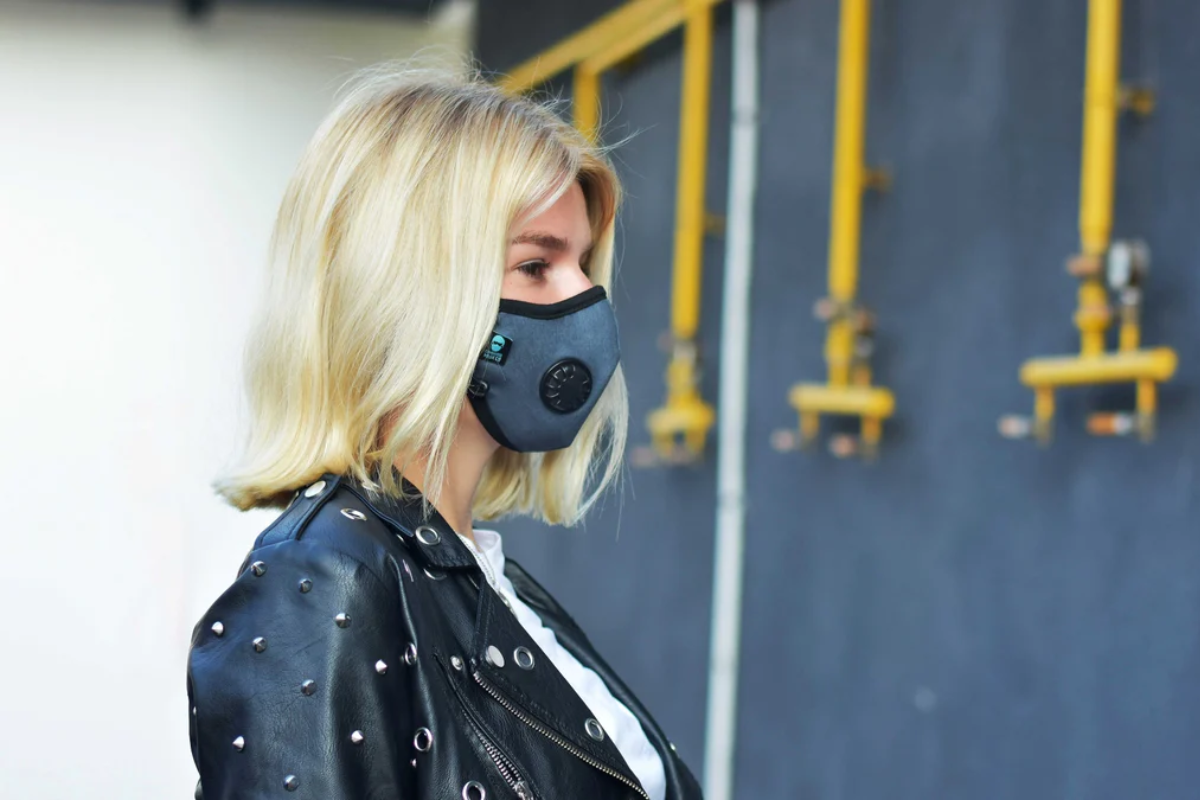
The Danger of Wildfire Smoke to the Respiratory System: What You Need to Know
Wildfires have become an increasingly common and dangerous phenomenon in many parts of the United States. The impact of these fires extends beyond the immediate threat of flames, as the smoke they produce poses significant health risks. This blog will answer essential questions about wildfire smoke and provide you with valuable information to protect yourself and your loved ones.
What is a Wildfire?
A wildfire is an uncontrolled fire that spreads rapidly across vegetation and forests. These fires can destroy homes, wildlife habitats, and vast stretches of land. They are particularly prevalent in dry, hot regions and can spread quickly due to wind and dry conditions.
Wildfires can vary in size and intensity, ranging from small grass fires to massive forest fires that can cover thousands of acres. The speed at which they spread can make them difficult to control, and they often require significant resources and coordinated efforts from firefighters and emergency services to extinguish.
Why Do Wildfires Happen?
Wildfires can occur for several reasons, including:
Natural Causes
- Lightning Strikes: Lightning is one of the most common natural causes of wildfires. When lightning strikes dry vegetation, it can ignite a fire that quickly spreads.
- Spontaneous Combustion: Under certain conditions, organic materials like leaves and grass can spontaneously combust, leading to wildfires.
Human Activities
- Unattended Campfires: Campfires that are not properly extinguished can spark wildfires. It's crucial to ensure campfires are completely out before leaving the site.
- Discarded Cigarette Butts: Carelessly discarding a lit cigarette can ignite dry vegetation and start a wildfire.
- Arson: Intentional acts of setting fires are a significant cause of wildfires and are subject to severe legal penalties.
Climate Change
Rising temperatures and prolonged droughts create ideal conditions for wildfires, increasing their frequency and severity. Climate change has led to hotter, drier conditions, which make vegetation more flammable and prone to igniting.

What is the Danger of Wildfire Smoke to the Respiratory System?
Wildfire smoke is a complex mixture of gases and fine particles from burning vegetation and other materials. These pollutants can have serious health implications when inhaled, especially for the respiratory system.
Short-term Effects
Exposure to wildfire smoke can cause immediate symptoms, such as:
- Irritation of the eyes, nose, and throat: The chemicals and particles in wildfire smoke can cause discomfort and irritation in the sensitive mucous membranes.
- Coughing and shortness of breath: The inhalation of fine particles can lead to respiratory distress and make breathing difficult.
- Worsening of asthma and other respiratory conditions: People with pre-existing respiratory issues, such as asthma or chronic obstructive pulmonary disease (COPD), may experience aggravated symptoms during wildfire events.
Long-term Effects
Prolonged exposure to wildfire smoke can lead to more severe health problems, including:
- Chronic bronchitis: Long-term inhalation of smoke can cause inflammation and scarring in the bronchial tubes, leading to chronic bronchitis.
- Reduced lung function: The fine particles in wildfire smoke can damage lung tissue and reduce lung capacity over time.
- Increased risk of respiratory infections: Continuous exposure to pollutants can compromise the immune system, making individuals more susceptible to infections.
What is Particulate Matter?
Particulate matter (PM) refers to tiny particles and droplets in the air. These particles vary in size and can originate from different sources, including wildfires. Particulate matter is categorized based on the size of the particles.
What is PM2.5?
PM2.5 refers to particulate matter that is less than 2.5 micrometers in diameter. These particles are especially dangerous because they can penetrate deep into the lungs and even enter the bloodstream. PM2.5 is a significant component of wildfire smoke and is linked to numerous health issues, including:
- Heart attacks: Exposure to PM2.5 can lead to cardiovascular problems, including heart attacks.
- Aggravated asthma: Fine particles can trigger asthma attacks and make breathing difficult for individuals with respiratory conditions.
- Decreased lung function: Continuous exposure to PM2.5 can reduce lung capacity and impair respiratory function.
- Premature death in individuals with heart or lung disease: Long-term exposure to fine particulate matter increases the risk of premature death in vulnerable populations.

What Face Mask Should You Wear for Wildfire Smoke?
To protect yourself from the harmful effects of wildfire smoke, it's crucial to wear the right face mask. The most effective masks for filtering out fine particles include:
- N95 Masks: These masks can filter out at least 95% of airborne particles, including PM2.5. Ensure that the mask fits snugly to your face with no gaps.
- P100 Masks: These offer even higher filtration efficiency, blocking nearly 100% of airborne particles.
Proper Fit and Usage
Wearing a mask properly is essential for it to be effective. Make sure the mask covers both your nose and mouth and that it fits securely against the sides of your face without any gaps. Regularly check for a proper fit and replace masks as needed to maintain their effectiveness.
What is Cambridge Mask Filter Technology?
Cambridge Mask Filter technology represents a significant advancement in respiratory protection. Cambridge masks use a three-layer filtration system:
- Primary Filter Layer: Traps larger particles such as dust and PM10.
- Three-Ply Micro Particulate Layer: Filters out PM2.5, PM0.3, and even smaller particles.
- Military-Grade Carbon Filter: Captures gases and odors, providing comprehensive protection against a range of pollutants, including wildfire smoke.
Advantages of Cambridge Masks
- High-Filtration Efficiency: The multi-layer filtration system provides superior protection against fine particles and harmful gases.
- Comfort and Durability: Cambridge masks are designed for comfort and can be worn for extended periods without causing discomfort.
- Reusable: Unlike disposable masks, Cambridge masks can be reused, making them a more sustainable option.
How Can I Reduce Indoor Exposure to Wildfire Smoke?
Reducing indoor exposure to wildfire smoke is essential for protecting your health during wildfire events. Here are some effective strategies:
Keep Windows and Doors Closed
Close all windows and doors to prevent smoke from entering your home. Ensure that any gaps or leaks are sealed to keep the smoke out.
Use Air Purifiers
Invest in a high-quality air purifier with a HEPA filter. These devices can capture fine particulate matter, including PM2.5, and significantly improve indoor air quality. Place air purifiers in rooms where you spend the most time, such as bedrooms and living areas.
Create a Clean Room
Designate one room in your home as a "clean room" where you can escape the smoke. Use an air purifier in this room and keep it tightly sealed to maintain clean air.
Avoid Activities that Increase Indoor Pollution
Avoid smoking, burning candles, using fireplaces, and cooking on gas stoves during wildfire events. These activities can increase indoor pollution levels.
Use an HVAC System with a HEPA Filter
If you have an HVAC system, ensure it has a high-efficiency particulate air (HEPA) filter installed. Set the system to recirculate mode to filter indoor air without drawing in smoke from outside.
Monitor Indoor Air Quality
Consider using an indoor air quality monitor to track pollution levels in your home. This can help you take timely actions to improve air quality when needed.
Limit Outdoor Activities
When the air quality is poor, stay indoors as much as possible. If you need to go outside, wear a mask designed to filter out fine particles, such as an N95 or P100 mask.
Follow Local Air Quality Reports
Stay informed by following local air quality reports and health advisories. Websites like AirNow (airnow.gov) provide real-time updates on air quality and can help you make informed decisions about when to stay indoors.
Conclusion
Wildfire smoke poses a significant threat to respiratory health, particularly due to the presence of fine particulate matter like PM2.5. Understanding the risks and taking appropriate measures, such as wearing a high-quality mask and using air purifiers, can help protect you and your family. Stay informed, stay prepared, and prioritize your health in the face of increasing wildfire threats.
By implementing these strategies and staying vigilant, you can reduce the health risks associated with wildfire smoke and ensure that you and your loved ones remain safe and healthy during wildfire season.


